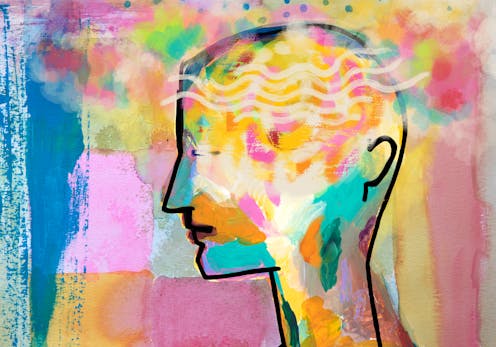Dance therapy, also known as dance movement therapy, is a form of expressive therapy that uses movement and dance to promote emotional, social, cognitive, and physical integration of the individual. It is based on the belief that the body and mind are interconnected, and that movement can be used as a tool to promote healing and self-expression. Dance therapy is often used as a complementary treatment for a wide range of mental health issues, including addiction.
Understanding Addiction and its Effects
Addiction is a complex and chronic disease that affects the brain and behavior. It is characterized by an inability to control one’s use of a substance or engage in a behavior, despite negative consequences. Addiction can have devastating effects on an individual’s physical and mental health, as well as their relationships and overall quality of life. It is often accompanied by feelings of shame, guilt, and isolation, which can further exacerbate the problem.
The Role of Rhythm and Movement in Recovery
Rhythm and movement play a crucial role in addiction recovery. The repetitive nature of rhythm and movement can help individuals regulate their emotions, reduce stress, and increase self-awareness. In addiction recovery, individuals often struggle with regulating their emotions and managing stress, which can lead to relapse. By incorporating rhythm and movement into their recovery process, individuals can learn to better cope with these challenges and develop healthier coping mechanisms.
Furthermore, rhythm and movement can also help individuals reconnect with their bodies, which is often a crucial aspect of recovery. Many individuals with addiction have become disconnected from their bodies as a result of their substance use, and dance therapy can help them rebuild that connection. By engaging in rhythmic movement, individuals can learn to listen to their bodies and become more attuned to their physical sensations, which can be incredibly empowering in the recovery process.
The Science Behind Dance Therapy
The science behind dance therapy lies in the way that movement and dance can impact the brain and body. When individuals engage in rhythmic movement, it can stimulate the release of endorphins, which are neurotransmitters that act as natural painkillers and mood elevators. This can help individuals experience feelings of pleasure and relaxation, which can be particularly beneficial for those in addiction recovery.
Additionally, rhythmic movement has been found to activate the brain’s reward system, which is the same system that is activated by addictive substances or behaviors. By engaging in rhythmic movement through dance therapy, individuals can experience a natural high that can help reduce cravings and withdrawal symptoms. This can be particularly helpful in the early stages of recovery when individuals are struggling with intense cravings and discomfort.
Case Studies and Success Stories
There have been numerous case studies and success stories that highlight the effectiveness of dance therapy in addiction recovery. For example, a study published in the American Journal of Dance Therapy found that dance therapy was effective in reducing anxiety and depression in individuals with substance use disorders. The study also found that dance therapy helped improve self-esteem and body image, which are often significant issues for individuals in recovery.
In another case study, a woman who had struggled with alcohol addiction for many years found relief through dance therapy. She described how engaging in rhythmic movement helped her release pent-up emotions and find a sense of freedom in her body. She also noted that dance therapy helped her develop a greater sense of self-awareness and self-compassion, which were crucial aspects of her recovery journey.
Incorporating Dance Therapy into Treatment Programs
Incorporating dance therapy into addiction treatment programs can be incredibly beneficial for individuals in recovery. By integrating rhythmic movement into traditional therapy approaches, treatment programs can provide a more holistic and comprehensive approach to addressing addiction. Dance therapy can be used in individual or group settings, and can be tailored to meet the specific needs and preferences of each individual.
In addition to traditional talk therapy, dance therapy can provide individuals with a unique outlet for self-expression and emotional release. It can also help individuals develop healthier coping mechanisms and improve their overall well-being. By incorporating dance therapy into treatment programs, individuals can experience a more well-rounded approach to their recovery that addresses both their physical and emotional needs.
The Future of Dance Therapy in Addiction Recovery
The future of dance therapy in addiction recovery looks promising, as more research continues to support its effectiveness. As the field of mental health continues to evolve, there is a growing recognition of the importance of holistic approaches to treatment that address the mind, body, and spirit. Dance therapy offers a unique way to address these aspects of the individual, making it an increasingly valuable tool in addiction recovery.
Furthermore, as the stigma surrounding mental health and addiction continues to decrease, there is a growing interest in alternative and complementary therapies that can support traditional treatment approaches. Dance therapy has the potential to play a significant role in this shift towards more holistic and integrative approaches to addiction recovery. As more treatment programs begin to incorporate dance therapy into their offerings, it is likely that we will continue to see its positive impact on individuals in recovery.
Find out how Torongo Therapyplus can help you with your needs. Get in touch with us at smile@torongo.life, or call us on 02 8809 9965.































